- Learning time
- 20 minutes
- First play time
- 30 minutes
Kodama: The Tree Spirits
Designed by: Daniel Solis
This rather sweet game sees you growing a tree that best suits your Kodama: the tree spirit of the title.
Each player begins with a tree trunk and over three rounds (spring, summer and fall) you’ll add four cards per round to your ‘tree’, growing the branches outward. There will be a certain amount of available cards to choose from depending on the number of players. You can go with one snaking branch that goes on across the table, or a variety of branches in a more ‘balanced’ tree. But needless to say, the choices you make affect your score. First of all, when you place a branch card it will have at least two features on it: these are mushrooms, caterpillars, fireflies, flowers, clouds and stars. When you place the branch card these features will score you points: as long as the branch you are building onto also has those features. And how much you score depends on how far back this contiguous ‘chain’ of features goes.
For example; if you add a branch card to your tree that has stars, clouds and flowers on it, you might score five points for flowers, because you have a continuous chain of cards going back to your trunk that all contain flowers – scoring is simply a point for each flower. And maybe you score two points for clouds, because the card you placed immediately before this one also has a cloud – but after that the chain of clouds is broken, so you cannot score any more for clouds. And the star doesn’t have a chain at all, because the card you are ‘growing’ onto doesn’t have a star on it: therefore, no chain = no points for stars.
At the end of each season each player will score one of their Kodama cards – you begin the game with four, so have the opportunity to score three of them over the whole game. These score points for you in a variety of ways – too many to list here – but basically how you grow your tree will have a direct effect on how much points you’ll get from your Kodama.
Finally there are also decree cards: one is turned over for each season of the game and these a mini rule-variations that just add some variety and flavour to the game.
After the fall season there is a final round of Kodama scoring and the player with the most points wins.
The guru's verdict
-
Take That!
Take That!
There's some opportunity for Take That; if you keep an eye on what cards the other players are after you may see opportunities for spoiling tactics. But it's far from the games' overriding feature.
-
Fidget Factor!
Fidget Factor!
Very low. Everyone faces the same choices on their turn: which card, and where to put it.
-
Brain Burn!
Brain Burn!
Low, though don't be deceived. Kodama might be a simple game, but there is room for strategy. You might forego point-scoring opportunities during the seasons in order to score big with your Kodama cards...
-
Again Again!
Again Again!
The basics of tree-growing will always be the same, but outside of that there's great variety here: a huge amount of tree cards and Kodama cards, and Decree cards too: together that's a far amount of randomness. If playing with young children you can perhaps ignore the Decrees (maybe the Kodamas too) and just get enjoyment from chaining features together and seeing your tree grow.

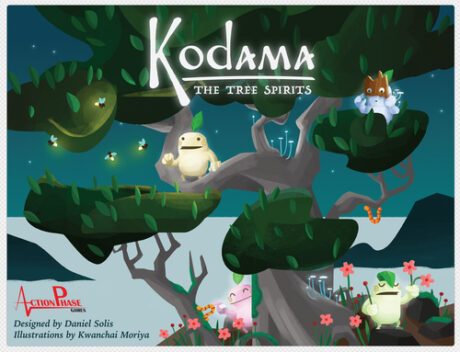
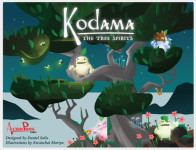
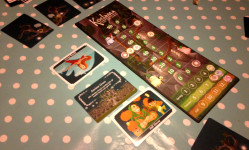

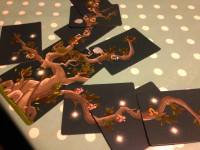


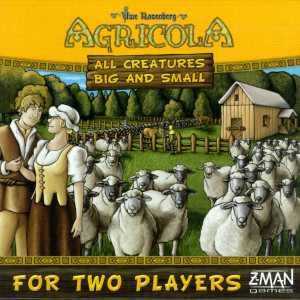


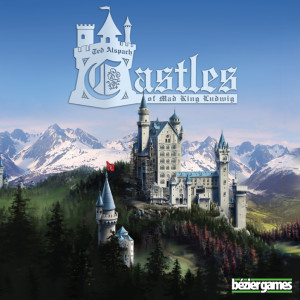
Sam says
Kodama could have felt rather gimmicky in the novel way it uses the cards, but the simplicity of design and cute aesthetics make the game a success in my eyes; it feels like care has been taken here and the game is fun and charming. My minor caveat here is that I feel the Kodama cards can make things very swingy depending on what cards you're dealt, and the game feels more luck than strategy-based as a result. But considering its play-time and essence of fun, hardly a major gripe.